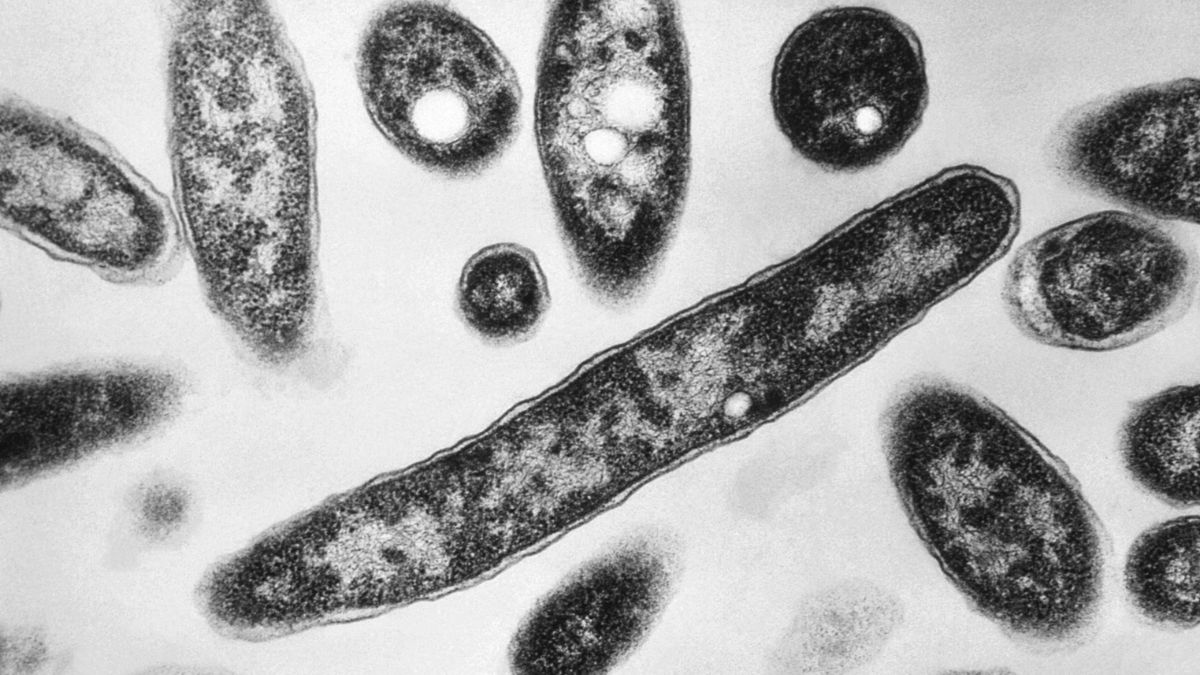Three people have died and 67 others have been diagnosed with Legionnaires’ disease in New York City’s Harlem in recent weeks.
Those at greater risk include people over the age of 50, smokers, and individuals with weakened immune systems or long-term breathing problems. Health authorities have advised them to take extra care.
ALSO READ | Ditch that soda and noodles. The lung cancer link to ultra-processed foods
Officials say the outbreak in Central Harlem is connected to cooling towers. These are large units that use water and fans to help cool buildings.
But what exactly is this pneumonia-like illness? What symptoms should people look out for, and how is it treated?
Let’s take a look:
What is Legionnaires’ disease?
Legionnaires’ disease is a form of pneumonia caused by Legionella bacteria.
These bacteria grow in warm water and can spread through building water systems. Common sources include showerheads, hot tubs and cooling towers.
People usually catch the illness by breathing in small droplets of contaminated water. Hospital patients can also get infected through tainted water or ice, and babies may be exposed during water births, according to health officials.
The disease does not spread from person to person.
It mainly affects the lungs but can also harm the brain and digestive system. In some cases, it can be life-threatening.
Although not very common, Legionnaires’ disease has been reported more often in recent years. According to the US Centers for Disease Control and Prevention, the number of cases has gone up nearly nine times since 2000.
Impact Shorts
More ShortsIn the Harlem outbreak, health officials have linked the source to cooling towers. So far, 11 towers have tested positive for the bacteria.
These towers help cool large systems like central air conditioning and refrigeration. Authorities have assured residents in the affected areas that their tap water is safe. They can continue to shower, bathe, cook and use air conditioners at home.
Symptoms of Legionnaires’ disease
Legionnaires’ disease usually develops two to 14 days after contact with the bacteria and causes symptoms similar to pneumonia.
Common symptoms include:
Fever
Muscle aches
Cough (often dry)
Shortness of breath
Headache
Nausea
Diarrhoea
Stomach pain
Confusion
Coughing up blood
While it mostly affects the lungs, the infection can also spread to wounds and other parts of the body, including the heart.
ALSO READ | Is it safe to boil water more than once?
Can it be treated?
Yes. Legionnaires’ disease is treated with antibiotics. These may be given through a drip or as tablets, depending on the condition of the patient, according to Cleveland Clinic.
If breathing becomes difficult, doctors may provide oxygen support. Most people need hospital care while being treated.
“Legionnaires’ disease can be effectively treated if diagnosed early, but New Yorkers at higher risk, like adults aged 50 and older and those who smoke or have chronic lung conditions, should be especially mindful of their symptoms and seek care as soon as symptoms begin,” said acting Health Commissioner Dr Michelle Morse was quoted as saying by The New York Post.
With early treatment, most people recover fully, though it may take a few weeks to feel completely well again.
How can Legionnaires’ disease be prevented?
According to the World Health Organization (Who), those in charge of maintaining buildings and water systems can help prevent Legionnaires’ disease by limiting the growth of Legionella bacteria.
This includes regularly cleaning and disinfecting cooling towers, keeping the right level of chlorine in spa pools and flushing unused taps at least once a week.
There are also precautions people can take at home. Health officials in New York state recommend draining garden hoses, following cleaning and replacement instructions for water filters, checking chlorine levels in pools and hot tubs often and flushing hot water heaters twice a year.
Is it deadly?
Legionnaires’ disease is a serious illness, but with the right treatment, most people recover.
Lung infections caused by Legionella are fatal in about five to 10 per cent of treated cases.
Without treatment, the risk of death rises sharply, with fatality rates ranging from 30 to 80 per cent.
With inputs from agencies
)